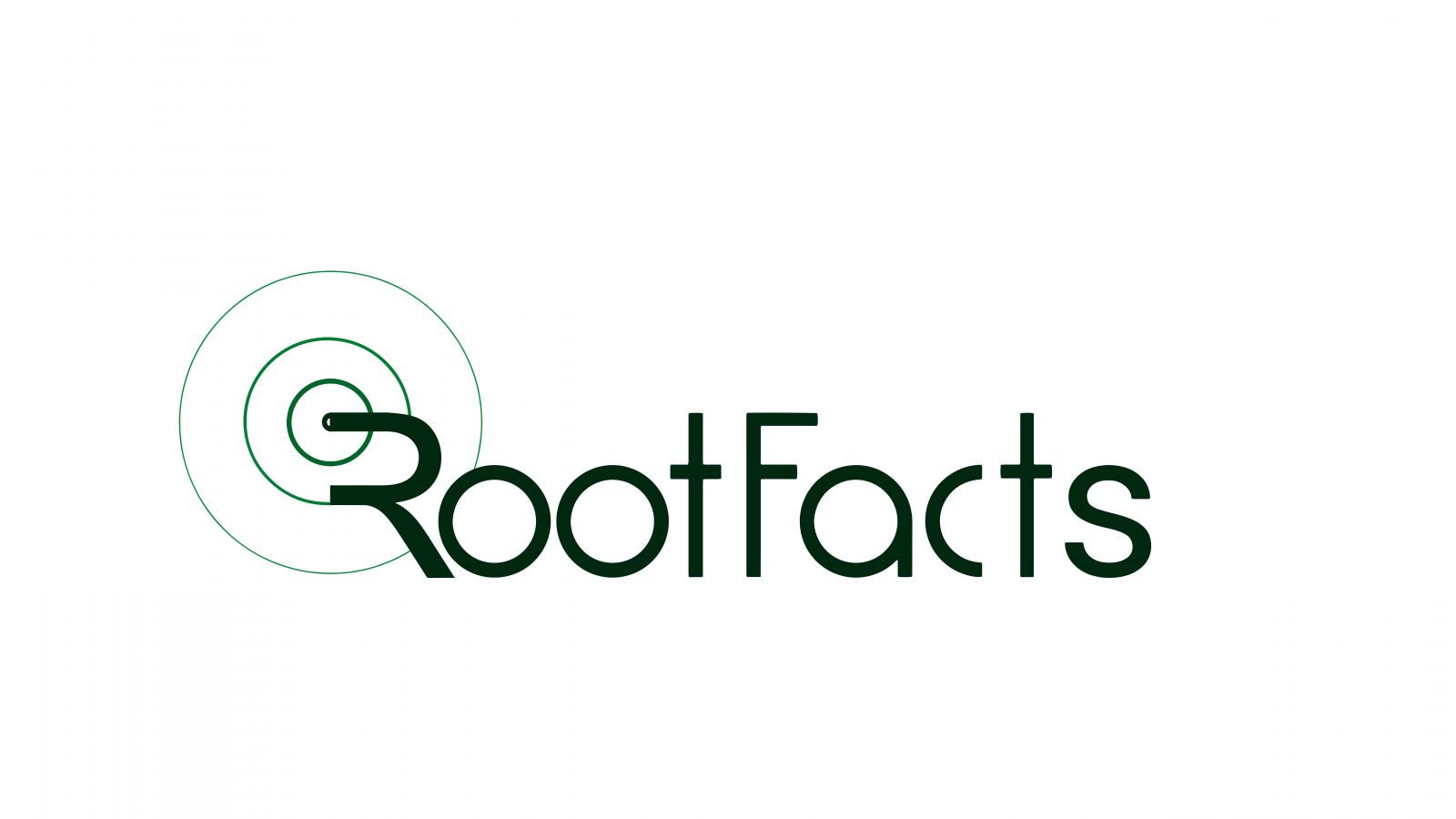Exploring Transportation Engineering Services
Transportation engineering is a field of construction engineering that deals with design, development, construction and maintenance of transport systems. This includes:
Shaping the Future of Mobility: Unveiling Transportation Engineering Solutions
Roads and Highways
Bridges
Tunnels
Traffic Management Systems
Public Transportation Systems
Airports and Seaports
Rootfacts Transportation Engineering Services – A Multi-Faceted Approach Rootfacts transportation engineering services cover a wide range of projects providing end-to-end solutions. Here are some of their key areas:
1. Road and Highway Design
- Geometric Design
Making sure that the construction of roads is done with appropriate lane widths, road shoulders, curves and intersections so as to enhance safety on the roads while allowing smooth running of traffic.
- Pavement Design
When designing pavements, consideration will be given to type selection together with structure analysis in order to ascertain the safest materials that can go through pressure loading induced by environmental factors
- Drainage Design
To develop drainage systems that are effective when it comes to storm water management without causing any flooding in the area.
- Traffic Signalization
The installation of traffic light system enhances movement at interchanges while minimizing accidents.
2. Bridge Design
- Bridge Type Selection
Deciding which one is most suitable among others (e.g., suspension bridge, beam bridge) based on project requirements and site conditions analysis.
- Structural Design
Account should be taken into consideration the load, wind resistance and possible earthquake when designing a bridge that is safe but strong enough.
- Aesthetic Design
Designing bridges in such a way that they look beautiful thus enhancing the quality of the surrounding environment.
3. Tunnel Design
- Tunnel Alignment and Geometry
Establishing the best alignment for a tunnel and designing its cross section as per traffic volume and safety considerations.
- Tunnelling Method Selection
Depending on project depth and soil type, one would choose either cut-and-cover or tunnel boring machine method.
- Ventilation and Safety Systems
Efficient ventilation systems should be designed to guide construction workers through right conditions when building tunnels.
4. Traffic Management Systems
- Traffic Flow Analysis
Traffic flow analysis is done by use of traffic modeling software which determines present situation in roads along with future traffic demands.
- Traffic Signal Optimization
The timing of traffic lights will be adjusted to avoid congestions as well as improve travel time.
- Intelligent Transportation Systems (ITS) Integration
Application of ITS tools like variable message signs, real-time traffic data, connected vehicle system etc. enhances the management of traffic movements. Public Transportation Planning and Design
- 1. Study of Existing Public Transit Systems to Understand Their Weaknesses and Strengths.
- 2. Efficient Public Transport Routes Linking Key Destinations and Adapted to the Needs of Users
- 3. Designing user friendly public transport facilities like bus stops, stations among others.
- 6.Airport and Seaport Development:
- 7.Planning for the Future Growth and Cargo Volumes through Master Planning of Airports and Seaports.
- 8.Efficient terminals for processing passenger and cargo movement
- 9. Runway design for safety in takeoff and landing of planes as well as ship berths development
